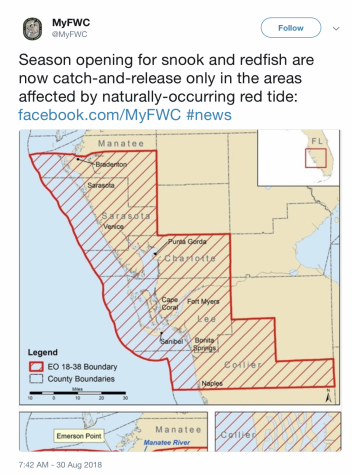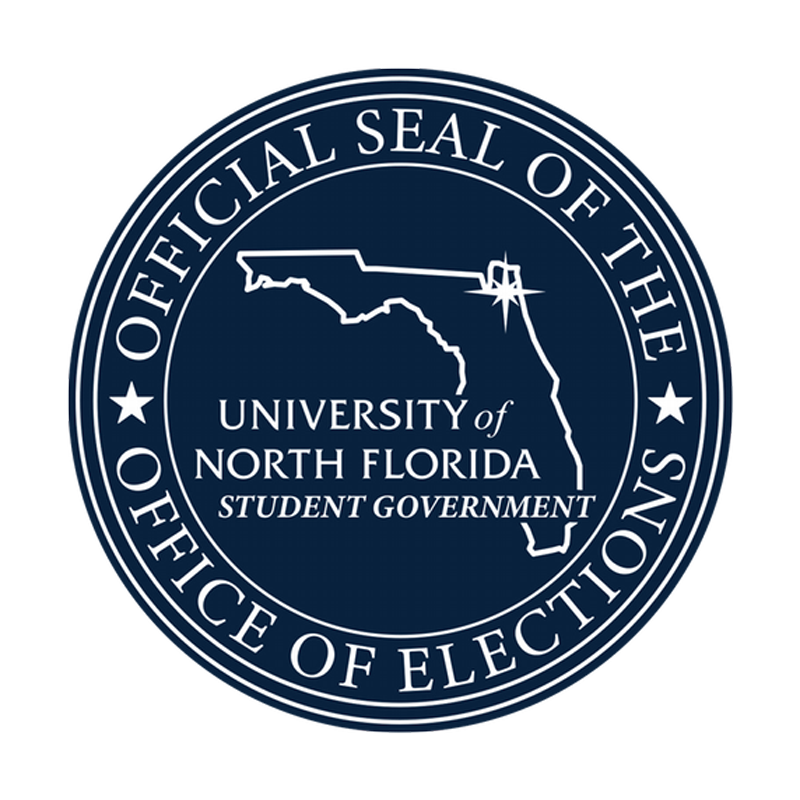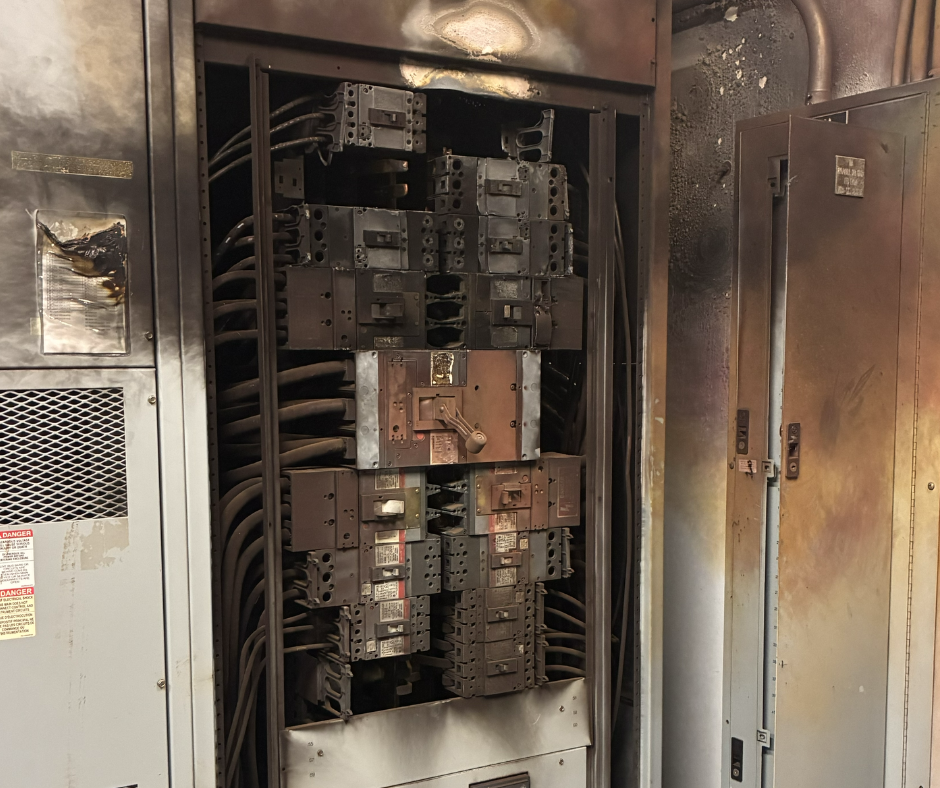The Florida Wildlife Conservation has temporarily made snook and redfish catch-and-release only from the northernmost point of Anna Maria Island in Manatee County to Gordon Pass in Collier County, according to a news release.
This regulation has been put in place in response to the naturally occurring red tide bloom in Southwest Florida.
“We’ve seen the devastation to the redfish and snook populations in southwest Florida, and we support the catch-and-release initiative taken by FWC,” Executive Director Brian Gorski of Coastal Conservation Association Florida said.
The catch-and-release regulation began Sept. 28 and will end May 10, 2019. Those who fish in the area may catch, take a photo with and weigh the fish, but they must return the fish unharmed in the same area they were caught in.

This may not be the only benefit of regulating snook and redfish in areas affected by red tide.
“I bet that they did this to eliminate the possibility of bioaccumulation, or biomagnification of the potential toxins from the red tide,” UNF Biology Professor Dale Casamatta said.
The accumulation of toxins in the fish may be potentially harmful to those who consume the fish.
“Sometimes organisms higher up on the trophic level can accumulate these types of toxins, which can be terrible for us humans who subsequently eat them,” Casamtta explained. “The FWC is probably just being cautious and letting time pass so that the fish can clear the toxins from their systems.”
This result of this red tide, however, is yet to be seen.
“Hopefully the fish population can also recover and next year will be better, but you never know,” Casamatta said.
—
For more information or news tips, or if you see an error in this story or have any compliments or concerns, contact editor@unfspinnaker.com.











